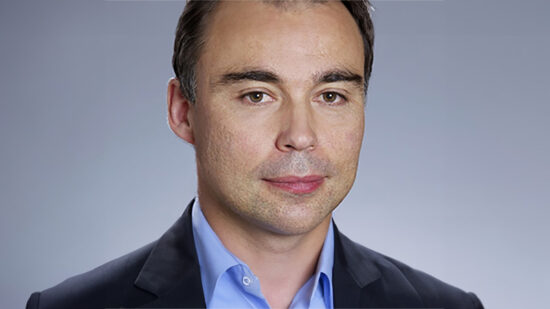The wealth manager unit, AMP Capital, which has a joint venture with Chinese insurance behemoth China Life and a strategic alliance with Japan’s Mitsubishi UFJ Trust and Banking Corp (MUTB), saw a 20% jump in operating earnings as investors dumped equities for defensive assets.
AMP Capital increased funds under management on behalf of international institutional clients by more than A$2.0bn (£1bn, $1.4bn, €1.3bn) to A$6.8bn during the year, which included growth in its global infrastructure platform.
“AMP’s relationship with China Life and MUTB remains strong. The financial performance of the joint ventures with China Life are ahead of expectations,” the company said in a statement.
Earnings growth
Overall AMP reported a net profit of A$972m for the full year to the end of December, up from A$884 million in the previous financial year. AMP’s overall profit excludes MUTB’s 15% stake in AMP Capital.
Underlying profit was A$1.12bn last year compared with A$1.04bn for 2014, up 7% year-on-year, with good earnings growth particularly in Australian wealth management,
Underlying profit is the basis on which the AMP board determines the dividend payment and is its preferred measure of profitability as it removes one off costs, the impact of some investment market volatility and accounting mismatches.
Volatile backdrop
AMP chief executive Craig Meller described the performance as very good especially as it came amid a backdrop of challenging markets in the second half.
“Momentum continued across Australian wealth management and AMP Capital, which delivered a particularly strong result as our international investment management profile expands, both in China and more broadly.
“Our business efficiency program is on track and we continue to focus on the improvement of our wealth protection business, with the new claims process providing a better outcome for customers and shareholders.
“AMP has a clear focus to be a more customer centric, efficient and international organisation. The execution of this strategy is unlocking the long-term potential of our business, which we are confident will continue to deliver value for our shareholders.”
After the results the Board voted a 4% rise in the final dividend to 14 cents per share, compared with 13.5 cents per share for the 2014 final dividend. This represents a payout ratio of 75% of underlying profit.








